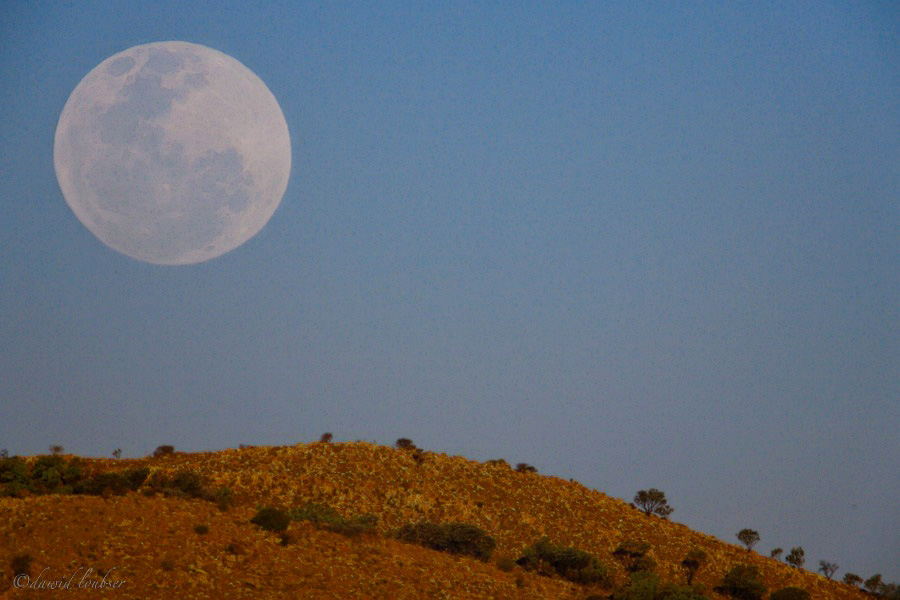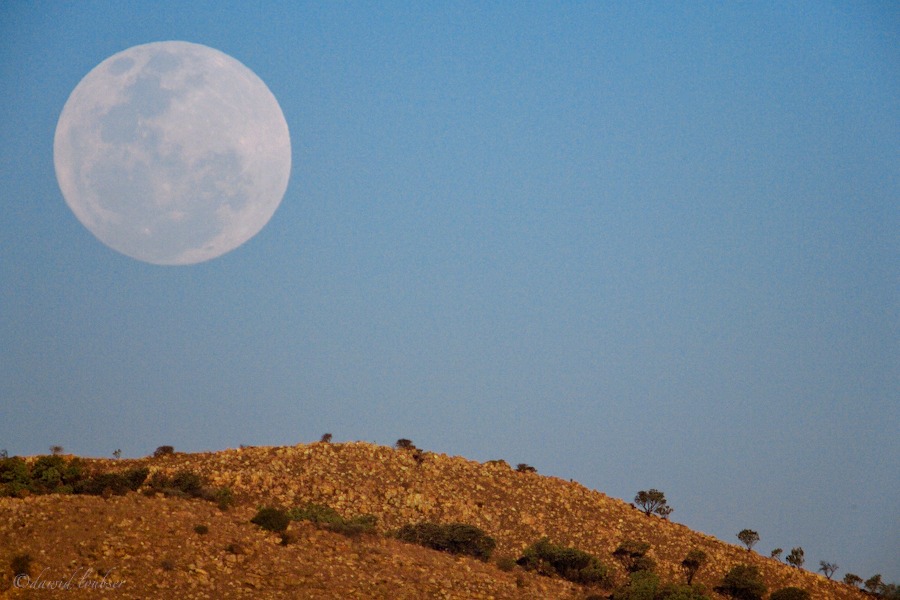Dawid Loubser
Member
The area I live in is called the Highveld, as it is the more northern dry (grassland) part of South Africa, very high above sea-level. To my knowledge, Johannesburg is the only city of it's size in the world to be found at this high elevation.
The entire Johannesburg metropolitan area is (very typical for a third-world country experiencing an economic boom) vastly over-built, with areas which could be considered low-density rural / farmland as recently as 10 years ago now being transformed into "suburban wasteland" - thousands upon thousands of small, bland townhouses densely packed into areas which do not at all have the infrastructure (i.e. no public transportation, poor roads, regular power outages) to support these masses.
Yet, within these vast seas of concrete depression, there are outcrops ("koppies" in Afrikaans) which reflect the true spirit of the highveld - a dry grassland with rocky outcrops populated by hardy trees and shrubs.
This weekend, as the sun was setting opposite a koppie, the moon was rising (in direct opposition to it). The turbulence of the air being heated by the sun's last rays falling on the rocks can clearly be seen, and the combination of colours are, to me, very typical of this place. No vibrant hues, just the colours left to us by the sun. I wish I could have been part of the great trek of my ancestors, just to have seen the highveld when everything looked like this.
"Highveld moonrise"

Technical comments:
EOS 1D MkIIN @ ISO800, Tokina 800mm f/8 @ f/16, 1/1600s, lens mounted on monopod
This is the first landscape image I attempted with the old Tokina 800mm lens, and though the image it produced cannot be pixel-peeped (in no small part because of the 5km or so turbulent air I am shooting through) this is the first image it gave me which none of my other lenses could. I've never been able to use the moon as such a dominating compositional element.
When I first spotted the scene (whilst driving), the moon was just peeking over the hill, but in the few seconds it took me to attach and set up the lens, I missed it - so I tried to make the best of the scene as I could.
Of course, at this range and at sunset, the scene was very hazy, so I substantially increased the contrast of the image when I processed the RAW. At this stage terrified of camera shake with this monster lens (I've now confirmed that it is bigger - well, at least longer - than a EF 600L) I used ISO800, and in the rush of the moment it didn't occur to me that this was overkill.
The purple haze to the right is the effect of the setting sun and the pollution - I didn't want to mess with the sensitive colours in this image too much, but I am considering changing the hue of the haze to be more blue, as I find it a bit distracting - a good idea?
The entire Johannesburg metropolitan area is (very typical for a third-world country experiencing an economic boom) vastly over-built, with areas which could be considered low-density rural / farmland as recently as 10 years ago now being transformed into "suburban wasteland" - thousands upon thousands of small, bland townhouses densely packed into areas which do not at all have the infrastructure (i.e. no public transportation, poor roads, regular power outages) to support these masses.
Yet, within these vast seas of concrete depression, there are outcrops ("koppies" in Afrikaans) which reflect the true spirit of the highveld - a dry grassland with rocky outcrops populated by hardy trees and shrubs.
This weekend, as the sun was setting opposite a koppie, the moon was rising (in direct opposition to it). The turbulence of the air being heated by the sun's last rays falling on the rocks can clearly be seen, and the combination of colours are, to me, very typical of this place. No vibrant hues, just the colours left to us by the sun. I wish I could have been part of the great trek of my ancestors, just to have seen the highveld when everything looked like this.
"Highveld moonrise"

Technical comments:
EOS 1D MkIIN @ ISO800, Tokina 800mm f/8 @ f/16, 1/1600s, lens mounted on monopod
This is the first landscape image I attempted with the old Tokina 800mm lens, and though the image it produced cannot be pixel-peeped (in no small part because of the 5km or so turbulent air I am shooting through) this is the first image it gave me which none of my other lenses could. I've never been able to use the moon as such a dominating compositional element.
When I first spotted the scene (whilst driving), the moon was just peeking over the hill, but in the few seconds it took me to attach and set up the lens, I missed it - so I tried to make the best of the scene as I could.
Of course, at this range and at sunset, the scene was very hazy, so I substantially increased the contrast of the image when I processed the RAW. At this stage terrified of camera shake with this monster lens (I've now confirmed that it is bigger - well, at least longer - than a EF 600L) I used ISO800, and in the rush of the moment it didn't occur to me that this was overkill.
The purple haze to the right is the effect of the setting sun and the pollution - I didn't want to mess with the sensitive colours in this image too much, but I am considering changing the hue of the haze to be more blue, as I find it a bit distracting - a good idea?




